The .276 caliber Pedersen was the primary competitor to the Garand as the first US military self-loading rifle. It used a Luger-style toggle action. Its main flaw was that it required lubricated cartridges. This lubrication came in the form of a thin and hard wax coating which was not obvious to the casual shooter, but it was made a significant argument against the Pedersen and for the Garand rifle. The Pedersen also was heavier and used more parts than the Garand design.
Manuals
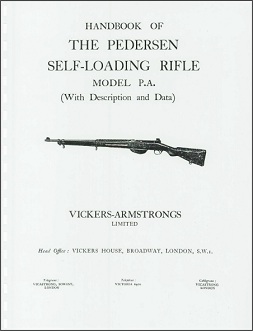
Documents
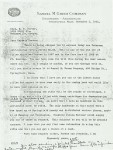
Patents
US Patent 1,062,604 (John D. Pedersen, Gun-Operating Cartridge, May 27, 1913)
US Patent 1,123,362 (John D. Pedersen, Cartridge, January 5, 1915)
Photos
Vintage news clippings, plus Aberdeen Proving Ground photos (click here to download the whole gallery in high resolution)
Original 10-round clip of .276 Pedersen
Resources
Milsurps.com has an excellent two-part article on the Pedersen, with dozens of photos. You can see it here: Part 1 – Part 2

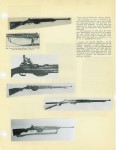
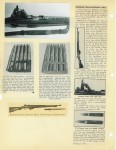
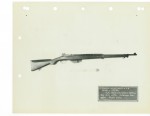
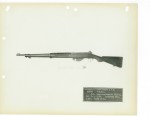
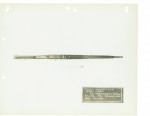
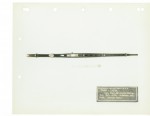
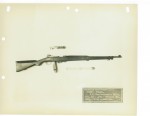
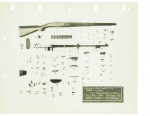
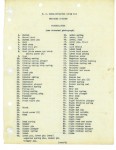
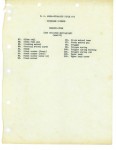
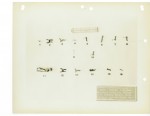
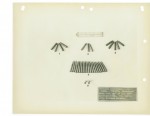
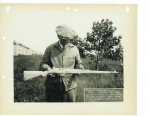
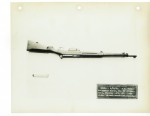
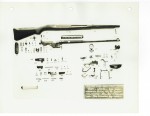
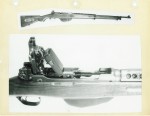
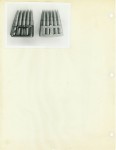
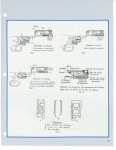
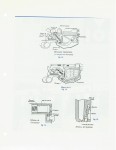
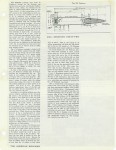
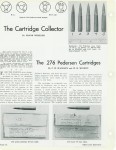

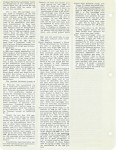
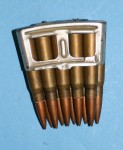
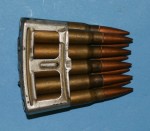
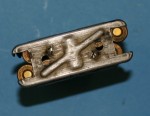
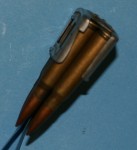
john pedersen was my great grandfather! i never got to meet him but im having fun reading up on him and his past. my uncle pat moneypenny has alot of his old army stuff and his original browning 1911 which was a gift from john browning himself! i also have some old photos of my great grandfather with browning on a few hunting trips. do you know where i could get pedersen device parts? my family has no parts or pieces except some sketches and designs. the only relative that has any information doesnt want to talk, his grandaughter, my great aunt.
Mr. Gardner, may I suggest you go to a high class gunsmith or engineer with your schematics and see if he can build a copy of one for you. It won’t be worth too much, but it may be the only chance you have for getting one, as a recent auction for a Pederson Device and a few cases of ammo went for around $60,000(if memory serves). You would need to find a proper M1903 Mark I to use the Device and a few cases of either the original .30-18 ammo or get some French 7.65×20 Longue ammo (they are nearly identical)
Also if I may inquire, do you know of any remaining Pederson Rifles or even an en-bloc of his .276 ammunition that are on the market, as I would love to acquire one at some point
Hello Mr. Gardner,
I’m actually looking for some more information myself. I personally have two Mark 1 rifles with all the correct parts to accept a Pedersen device. I also have a Pedersen device which may have belonged to your great grandfather. The device I have came with a presentation clip that was given to your grandfather and has never been separated from the device. I’m looking for more information pertaining to this device because Remington has nothing on file having to do with Pedersen Device serial numbers.
I’m also looking for an En-Bloc for my Pedersen rifle.
Pedersen’s rifle patent’s number is 1737074 titled as “Magazine Rifle”.
On this rifle, Pedersen’s “Just ready to go locked” approach used his R51 pistol
is roughly present. Toggle arms with a center axis below the front and rear supports
on known guns like Luger is not present however, instead, there is moving support
points at fore and back, lenghtening the opening time throught precisely cut contact
surfaces, and breechbolt needs very little backward motion for reaching mentioned
movable support points. Centre contact between two toggle arms called conrod and
crank is also movable.
It seems that, Pedersen’s rifle is one of the most misunderstood mechanism ever
made. Intriqued parts is realy confusing and retarding action can only be understood
by carefuly reading the patent of SN 1737974 text. Appearently, Mr Pedersen had
provided the retarding action, simply via rising the front support of conrod, or the
front toggle arm. Centre toggle axis was made with two loose axis which formed in a
shape that, the recoiling thrust coming from the conrod would force the crank all the
times upwardly to open side of the connection. When the cartridge is fired, recoiling
stoke catches the front toggle deep at its front and after a very short rearward
travel in which the centre axis crossing through below, zero and above of the lock
points, the front toggle contacts the breechblot at upper support line that the
height of which should be precisely computed via experiments as providing necessary
delay for the projectile to reach nearly to the exit of the barrel. Holding that
height thereunder would cause to open the toggle rather rapidly and holding that
height thereover would cause to lower the centre axis joint under the front and
rear supporting points as locking the toggle.
Correction; “upwardly to open side” should be; “downwardly to closing side”.
Excuse-me, what is the the book in french you published some photos of ? I kinda need it for an essay 😉 Thanks
I wonder why Pedersen went with such a heavily tapered case. I’d assume it was for feed reliability, but it makes delayed-blowback (or straight blowback) weapons design a lot less optimum and makes magazine design more complicated and expensive.
Using as slim and straight-walled a cartridge as possible would’ve been ideal, as the more taper or bottleneck you have the higher the bolt thrust (case walls push back against the chamber), and while a super long, skinny case would be technically ideal, it’d also be generally impractical.
That said, the existing, nearly straight-walled, auto-loading remington case (.25, .30, .32) with a base of 10.69 mm would’ve been very well suited and could have even used existing brass and tooling, just with the shoulder moved a bit higher to increase case capacity. (with the same load as the 11.43 mm based Pedersen cartridge, the bolt thrust should have been only 87.47%)
Additionally, bolt thrust goes down as the caliber goes up (until the bullet and case diameter are equal), so a 147 grain .308 cal bullet at the same velocity as a .284 cal bullet would also produce the same bolt thrust. (though recoil would be higher and probably increase stresses on some other components)
So it seems like a .30 Remington derived cartridge with roughly .300 Savage or 7.62 NATO ballistics would have been well suited to delayed-blowback and perhaps more appealing to the Army than the .276 was. (single-cartridge unified logistics aside, .308 bore tooling and bullet manufacturing logistics would’ve been a real concern)
Also, with that reduced bolt-thrust, a heftier delay action should’ve been possible, potentially allowing lower pressure extraction and no need for lubrication.
All of this design consideration would also have benefitted other delayed blowback designs, including barely-delayed ones like the Thompson auto rifle.
Additionally, Remington’s existing range of rimless autoloading rifle cartridges would’ve been well suited to a delayed-blowback system, and Pedersen had worked with them quite a lot (and designed a slide-action rifle around them). That could’ve included Pedersen’s lever-delay patent or hesitation lock as well, either of which might have been more economical for a civilian weapon than the toggle-delay. (though all of the above were probably cheaper than the older long-recoil action of the model 8)
hi I have a original Pedersen rifle it is just stock and barrel I was given it 35 years ago by a friend of mine that worked at Vickers Crayford kent.
he told me this was a prototype, the stock only goes about 20″ in length to show barrel fins, markings on barrel are Pedersen autoloader pb Vickers Armstrong and the other side is marked with 10.would be interested in selling open to offers.